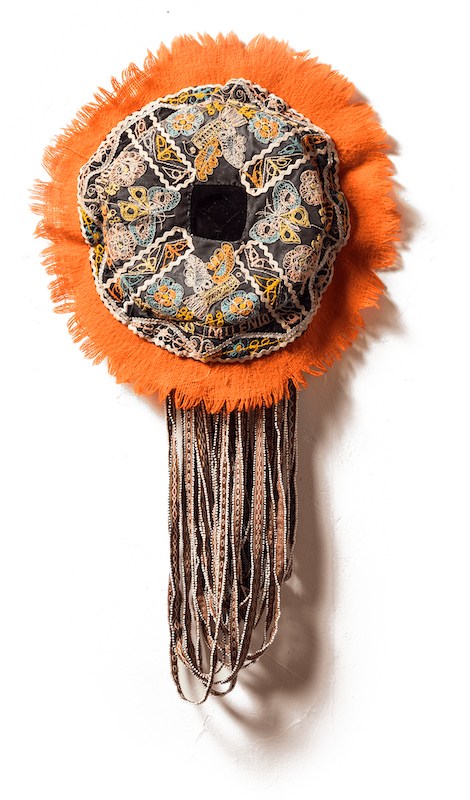History behind the piece
Daily dress in the Andes still closely adheres to traditions that have been around for generations and is an inexhaustible source of color and inspiration, but most of all of meaning.
The montera, the traditional hat worn by women in indigenous high Andean communities, is not alien to this description since it is not only shown in a wide variety of formats and designs, merging the traces of Inca and Wari heritage with Spanish colonial history, but also which, like the other pieces of traditional clothing, denotes the origin of the wearer and is a deeply rooted social and group distinctive. Often, a glance at the type of hat a woman or girl is wearing is enough to identify the town or region from which she comes. Even ribbons that hang under the chin can reveal this same information, at the same time as your status in society or your belongings.
This piece originally from the community of Chawaytiri (Cusco, Peru) was made from woven straw in the shape of a circumference, which is covered with cloth and then superimposed on the external part a kind of coating completely decorated with embroidery made by its user. This cover mainly helps to keep out of the sun, since in the Andean rural context, a large part of the daily activities are still carried outdoors.
Many women buy their hats either at the market or at the Sunday fair closest to their homes; However, the common factor that most of them have is that users finally choose to decorate them in their own way with sequins, flowers, safety pins or trinkets. After completing the customization work, those mere hats have ultimately been transformed into masterpieces.

